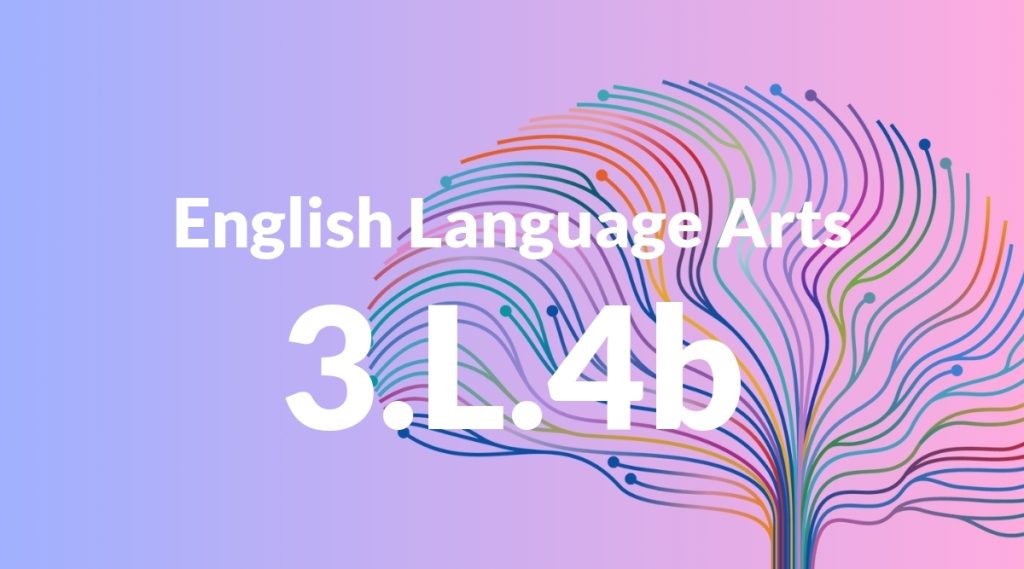Standard: 3.L.4b – Determine the meaning of the new word formed when a known affix is added to a known word (e.g., agreeable/disagreeable, comfortable/uncomfortable, care/careless, heat/preheat).
Grade level: Grade 3
Subject: English Language Arts
Domain: Language
Teacher Overview
This standard focuses on helping students understand how the addition of prefixes and suffixes (affixes) to root words can change their meanings. This knowledge is crucial for vocabulary development and reading comprehension, as it allows students to decode and understand new words they encounter. Students should already be familiar with basic root words and common prefixes and suffixes. They should have some experience with word decoding and be comfortable identifying parts of words.
Students will develop a deeper understanding of word formation and vocabulary, enabling them to tackle more complex texts and enhance their writing skills.
Common Misconception 1
A common misconception is that adding an affix does not change the meaning of the root word. This is incorrect because affixes can significantly alter the meaning, creating words with entirely new definitions.
Intervention 1
Use visual aids, such as word maps and charts, to show how adding different affixes changes the meaning of root words. Practice with examples in context to reinforce understanding.
Common Misconception 2
Another misconception is that all affixes have the same effect on different root words. This is incorrect because different affixes can change the meaning of root words in various ways.
Intervention 2
Provide students with a variety of examples and practice exercises that show how different affixes can change the meaning of various root words. Encourage them to experiment with creating new words using different affixes.
Prerequisite Knowledge
Students should have a basic understanding of root words and be familiar with common prefixes and suffixes. They should also have experience with basic word decoding skills.
Subsequent Knowledge
After mastering this standard, students will be able to use their knowledge of affixes to enhance their vocabulary and comprehension skills. They will also be able to apply this understanding to more complex texts and in their writing.
Instructional Activities
- Create a word wall with root words and affixes, and have students form new words.
- Use flashcards to match root words with appropriate affixes.
- Conduct a scavenger hunt in reading materials to find words with affixes.
- Have students write sentences using words with different affixes.
- Play games like ‘Affix Bingo’ to reinforce learning.




